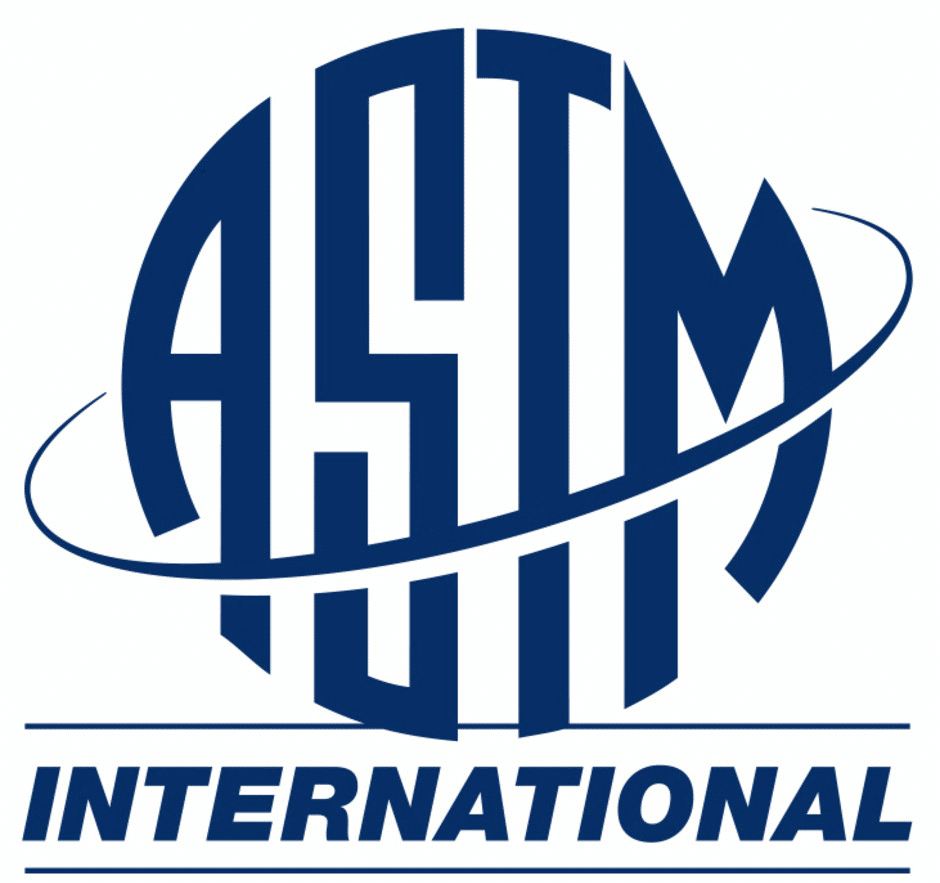ASTM International, formerly known as the American Society for Testing and Materials, plays a vital role in the development and implementation of standards across numerous industries worldwide. These standards ensure consistency, safety, and quality in materials, products, and processes. Within ASTM, there are various types of standards that serve different purposes and address specific areas of focus. In this article, we will explore the five primary types of standards recognized by ASTM, shedding light on their significance and how they contribute to global standardization efforts. Understanding these types of standards is essential for industries, regulators, professionals, and consumers seeking to uphold excellence and best practices in their respective fields.

What is ASTM?
ASTM International, formerly known as the American Society for Testing and Materials, is a globally recognized organization that develops and publishes voluntary consensus standards for a wide range of materials, products, systems, and services. Founded in 1898, ASTM International is one of the largest and most respected standards development organizations in the world.
ASTM standards serve as a basis for ensuring the quality, safety, and performance of various products and processes across numerous industries. These standards are created through a consensus-based process that involves input from experts, industry stakeholders, government agencies, and other interested parties. The goal is to establish uniform and agreed-upon specifications, test methods, and guidelines that promote consistency, reliability, and interoperability.
What are the 5 Types of Standards Recognized by ASTM?
The American Society for Testing and Materials (ASTM), now known as ASTM International, develops and publishes standards for a wide range of industries and applications. ASTM standards cover various aspects of materials, products, and testing methods. There are many different types of ASTM standards, but the five main categories recognized by ASTM are:
- 1. Test Methods (ASTM E-4): These standards specify procedures for conducting tests and measurements on materials, products, systems, or services. Test methods are essential for ensuring consistency and accuracy in testing and evaluation processes.
- 2. Specifications (ASTM E-16): Specifications define the requirements and characteristics that a material, product, system, or service must meet to be considered acceptable for a particular application. They provide detailed information about the properties, dimensions, and performance criteria of the item in question.
- 3. Practices (ASTM E-13): ASTM practices are guidelines or recommended procedures for performing specific tasks, such as sampling, handling, and preparing materials or products for testing. These standards help ensure consistency and best practices in various industries.
- 4. Guides (ASTM E-8): ASTM guides offer general information, recommendations, and advice on a particular subject, process, or practice. They are not as prescriptive as specifications but provide valuable guidance for various applications.
- 5. Classification (ASTM E-41): Classification standards categorize materials or products based on their properties, characteristics, or intended use. These standards help in organizing and identifying items within specific groups or classes.
ASTM International has developed thousands of standards across these categories, covering a wide array of industries and sectors, including construction, manufacturing, materials testing, environmental testing, and more. These standards play a crucial role in promoting quality, safety, and consistency in various industries and are used by professionals worldwide to ensure that products and materials meet specific requirements and standards.